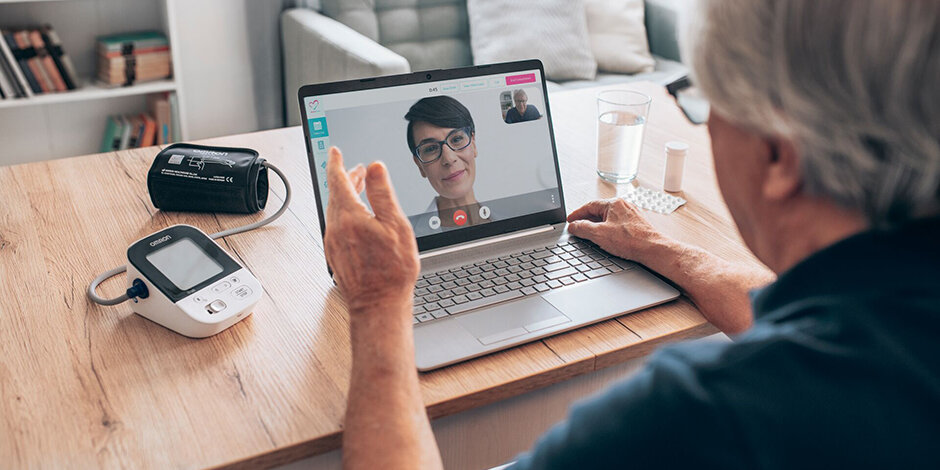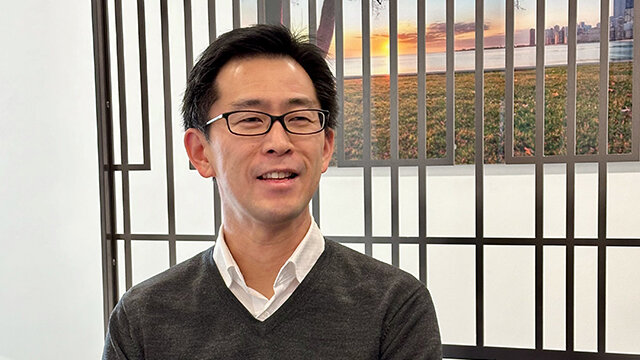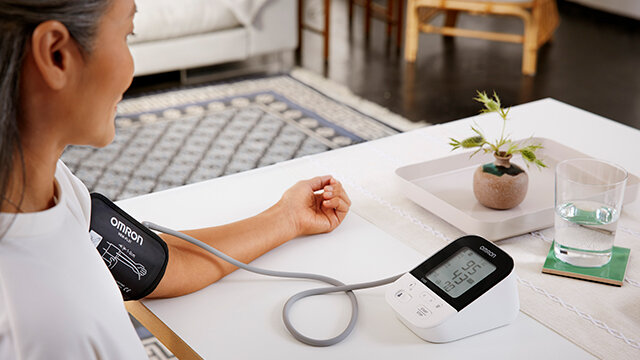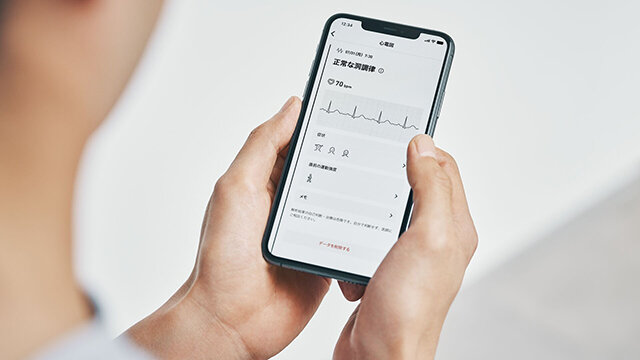We are Shaping the Future! Showcasing Success Stories as We Innovate for a Sustainable Tomorrow

Emerging technologies are fundamentally transforming healthcare.
ŃĆĆ
In the last few years, telemedicine and remote patient monitoring solutions have become more commonplace, while AI is being used to develop new drugs and vaccines, predict heart attack risks, detect cancers and even treat strokes.
The coronavirus pandemic rapidly accelerated the trend for telehealth and at-home medical monitoring as patient movement became restricted and hospitals grew increasingly overwhelmed with cases. These innovations have helped bolster and supplement existing healthcare infrastructure while raising the prospect that emerging digital tools can allow effective, remote treatment of millions of patients worldwide.
One medical condition into which these new digital technologies promise significant inroads is hypertension. WHO figures show hypertension affects 1 in 3 adults globally, more than 1.2bn people. Known as the "silent killer", the condition is one of the leading causes of death, elevating risks of stroke, heart attack, heart failure, kidney damage and other health problems.
The number of hypertension patients has increased globally over the last few decades, especially in low- and middle-income countries. More worryingly, nearly half of those affected are unaware they are hypertensive. In many cases, the condition is only discovered after a patient visits an emergency room for another reason.
While the worst of the pandemic is now behind us, nearly half of the global population still lacks access to basic diagnoses and medical treatment for common conditions such as hypertension.
Healthcare accessibility is therefore a crucial priority for global health outcomes and poverty alleviation. Emergent medical technologies can help overcome physical distances for patients in remote locations and aid overstretched doctors and nurses in underserved areas. Equally important, these innovations must make healthcare accessible economically not just for the privileged few, but as a fundamental right for all.
ŃĆĆ
"One of the longstanding challenges in reducing hypertension is that of awareness. Many people still do not realise that the condition needs to be monitored regularly and treated," says Daisuke Nozaki, general manager of Cardiovascular disease Business planning strategy at OMRON.
 Daisuke Nozaki, general manager of Cardiovascular disease Business planning strategy at OMRON.
Daisuke Nozaki, general manager of Cardiovascular disease Business planning strategy at OMRON.Since releasing its first home-use blood pressure monitor in 1973, OMRON has sold a cumulative 350m devices and is today recognised as a global leader in the field. Over half a century, it has made monitors available to patients in over 130 countries globally and expanded its line-up of products to be affordable at different price points. In 2022, it announced an ambitious long-term company vision known as "Going for Zero", which involves monitoring hypertension to eliminate heart attacks and strokes.
Despite efforts to educate the public and practitioners about hypertension, there is still wide variation in the rates of home monitoring devices across countries, even in nations with a growing middle class such as India, where only 5 per cent of households have home monitors. Overall, many people remain unaware of the risks of hypertension. Nozaki says OMRON has accelerated its outreach efforts in recent years with IT tools, including the establishment of a free medical e-learning platform called OMRON Academy for medical professionals.
 The company has sold 350 million home-use blood pressure monitors.
The company has sold 350 million home-use blood pressure monitors.ŃĆĆ
Managing hypertension effectively requires more than infrequent blood pressure checks during medical appointments. Patients who consistently and accurately monitor fluctuations in their blood pressure can share more comprehensive data with healthcare providers, ensuring better treatment plans.
To achieve this ideal, OMRON has launched the firm's first remote patient monitoring (RPM) service for patients with high-risk levels of hypertension. This service allows patients to measure biological data sets from home with clinically approved devices and share their data easily with healthcare professionals.
Patients plug in their cellular-connected data hub, which is pre-paired to the monitor, to start the service. Patients who do not have a home WiFi connection can therefore still access the RPM service.
 OMRON's remote patient monitoring service for patients with high-risk levels of hypertension.
OMRON's remote patient monitoring service for patients with high-risk levels of hypertension.Such remote monitoring has been shown to have therapeutic and economic benefits. In a clinical study with Northwestern University, hypertensive patients in the United States recommended to use OMRON 's RPM solution were found to have controlled their condition at significantly higher rates compared with a control group. In a separate study conducted jointly with insurance firm Highmark, those using OMRON's RPM services saved on treatment costs for cardiovascular diseases by 46 per cent (an average of $108 per month), compared to those not using the service.
Along with measuring and monitoring, the next step to battling hypertension is to predict when medical events may occur. One strategy is monitoring atrial fibrillation (A-fib), a form of heart arrhythmia. People with A-fib are estimated to be five times more likely to develop a stroke than those without. Moreover, the condition is difficult to detect only through occasional checks at the hospital and is better managed through regular monitoring at home. OMRON has also released a device that can analyse ECG data to check for A-fib within one 30-second sitting.
The company is working with Kyoto University to develop AI technology for personalised blood pressure management, using these and other devices. By analysing biological data sets and habits, researchers are working to detect abnormal data and better predict potential medical events.
ŃĆĆ
Med-tech solutions achieve true accessibility when they are practical, cost-effective and thereby capable of bridging geographic, digital and socio-economic divides. With "Going for Zero", OMRON aims to position itself at the forefront of this positive trend, ensuring that healthcare innovations reach the broadest possible audience.
"Although we have been selling blood pressure monitors for decades, we realise that it's not how many monitors we sell that's important for society, but how many medical events that cause deaths and complications are reduced," says Nozaki. "We therefore shifted our vision to a goal of 'Going for Zero' and are working towards it broadly by utilising emerging technologies."
Besides fighting hypertension, the company has also committed to minimising respiratory disease and chronic pain, conditions that impact hundreds of millions worldwide, by developing and distributing devices to support treatments and diagnoses.